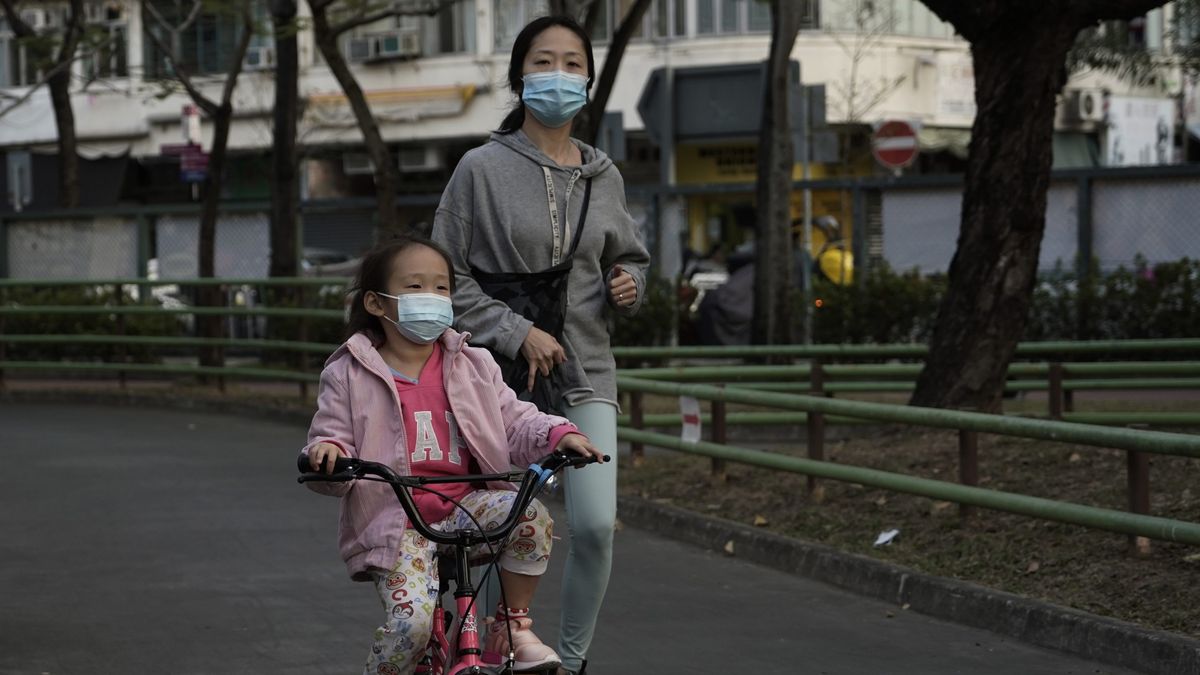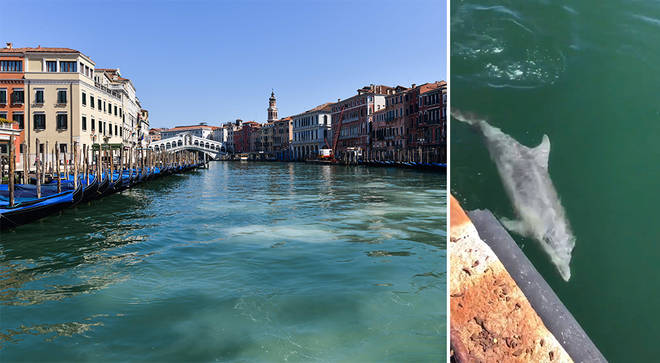How has COVID-19 affected pollution levels around the globe?

A few minutes every morning is all you need.
Stay up to date on the world's Headlines and Human Stories. It's fun, it's factual, it's fluff-free.
As a result of the hundreds of millions of people around the world who are currently in lockdown due to the spread of COVID-19, countries are experiencing a reduction in pollution.
From North America to Europe and Asia, the reduced number of people traveling and commuting to work has decreased emissions of greenhouse gases.
The reduction in pollution has been observed both on a large scale by satellites tracking air pollution, as well as on a smaller scale in the form of clearer waters and skies.
However, experts caution that the reduced pollution is a temporary effect of the lockdowns, not a permanent change.
The local and global impact of coronavirus
Though the federal government in the United States has not enacted a national lockdown order, a few individual states are requiring that its citizens remain at home unless their need for going out is absolutely necessary.
In other countries where citizens have been on lockdown for weeks, local life has already changed. But it is now becoming clear that the lockdowns are also having global side effects.
CNN has reported that satellite images over California and other parts of the US reveal a reduction in nitrogen dioxide (NO2). The reduction of this deadly pollutant is especially evident over San Francisco and the surrounding Bay Area, as well as over western Washington state, where Seattle is located.
NO2 is released into the air when fossil fuels are burned, either by vehicles or by power plants. Similarly, CNBC has reported that reductions in air pollution have been documented over China and Italy.
The global reduction in travel has also all but eliminated tourism in places like Japan and Thailand, resulting in wild deer and monkeys entering cities. These animals have learned to subsist off food from tourists and are now foraging and fighting for things to eat.
While the reduction in pollution around the globe is a positive side effect of the coronavirus outbreak, scientists caution that this is only a temporary change. The global phenomenon, nonetheless, is an indication of what type of drastic actions countries will need to embrace to combat global climate change.
Satellite images of China
COVID-19 originated from Wuhan, a city in the Hubei province of China. The country was the first to have the virus tear through its population. In response, tens of millions of people were initially put under lockdown in January to stop the spread of the disease.
With China under lockdown, the whole planet became the “unlikely beneficiary” of the pandemic.
Satellite images released by NASA and the European Space Agency showed a comparison of the pollution cover over China from January 1-20 of this year to that of February 10-25. The reduction is immediately apparent, with the gas cloud from the first image almost entirely missing in the second.

Additionally, compared to the same period in 2019, China had 21.5% more “good quality air days.”
These changes were seen all over China, not only in Hubei.
The waters of Italy
With Italy being one of the first countries outside of China to go into lockdown, reports began surfacing earlier this month claiming the country was experiencing a natural change. On social media, videos and photos purported to show dolphins swimming in the canals of Venice now that people were stuck indoors and the waters were cleared of human traffic.

While it is true that the waters of Venice have become clearer since a nationwide lockdown began earlier in the month, Euro News reports that the viral video of dolphins is not from Venice. Rather, the video, shot by members of a local sailing team, is from the port of Cagliari in Sardinia, another Italian region 750 kilometers (nearly 470 miles) from Venice.
Still, experts have said that, while it isn’t unheard of for dolphins to appear in the port, it is uncommon.
Spain
With every region of Spain on lockdown, including the capital city of Madrid, pollution rates across the country have started to fall according to El Pais. In both Madrid and Barcelona, the two largest Spanish cities by population, NO2 levels have seen a significant drop.

Measurements in Madrid on March 17 found a 75% drop in the gas from the week before, while Barcelona had a 45% drop off. Though storms in the area over the week could be said to account for some of that reduction, experts believed the decline in traffic was clearly a major cause.
A reduction of carbon dioxide (CO2), another greenhouse gas, occurred in Spain during the 2008 recession when local industries faced major losses in production. However, over the last decade, the country’s economy rebounded as did pollution levels.This latest pandemic-related drop in pollution comes after studies earlier this year found Madrid had experienced a 10-year low in CO2 emissions due to the implementation of a low-emissions zone in the city’s center.
[article_ad]
Have a tip or story? Get in touch with our reporters here!




Comments ()